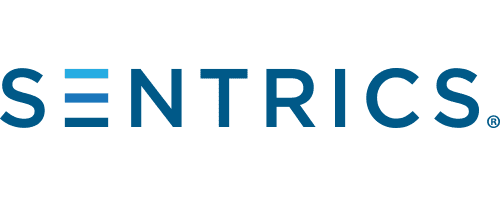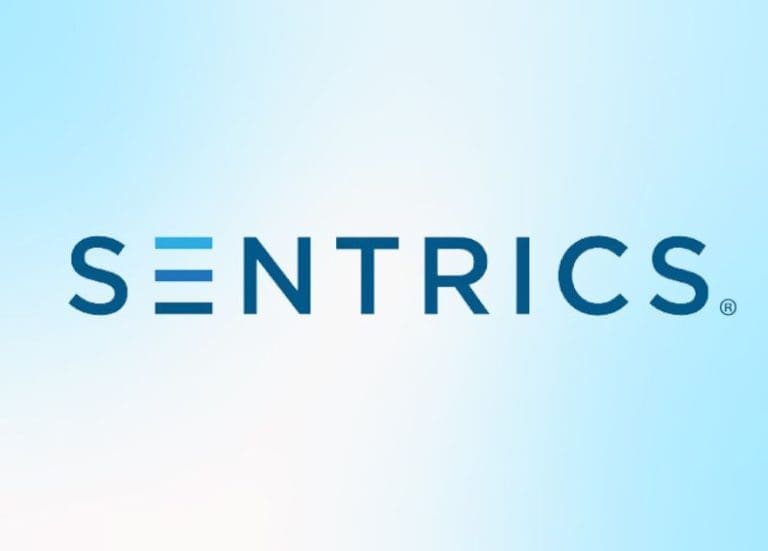How Rules Engines Enable Tailored Care in Senior Living Communities
Providing resident-centered care requires sophisticated tools that support individual needs while upholding resident dignity and independence. Much of the technology deployed in senior care communities today addresses groups of residents, not individuals. While one-size-fits-all technology simplifies resident care, it can fall short when addressing individual needs.
Say a large group of residents is enjoying a courtyard on a hot, sunny day. While some residents will move indoors when it gets too hot, Martha, who has dementia, may not remember the steps to stay safe in the heat. Because she needs to be checked on frequently, most life safety monitoring technology will alert caregivers to check on everyone, not just Martha, which impacts other residents’ dignity.
Life safety solutions that can differentiate between individual resident needs allow staff to spend their time where it’s needed most and provide residents with more autonomy.
Individualized Approach is Possible with Automated Rules
When life safety services include sophisticated rules-engine software, communities can tailor monitoring to serve individuals and specific residents rather than all residents as a group. A community can add additional safety measures for those individuals that need them and avoid the potential embarrassment of audible alarms or physical restraints such as locked doors. This results in fewer restrictions while also promoting dignity.
The rules engine provides a framework that triggers automated actions when pre-defined conditions are met. The data can come from anywhere. In fact, products with this built-in framework can leverage its data, or data from any integrated system (e.g., EMR or telehealth) to create rules for each individual resident.

How Rules Engines Work
When an event happens (resident presses a pendant, changes location, answers a survey question a certain way, or uses the restroom more frequently than normal) a rules-based life safety solution can check for a predefined set of conditions and apply the appropriate action: If X happens then do Y.
More data collection leads to more meaningful actions identified; this helps communities provide the right amount of personalized care to residents without overwhelming the staff. Armed with data from various sources, a rules-based solution identifies trends for caregivers, which they can then share with care teams to prevent adverse incidents and better promote whole health.
Having data, which was previously stored in separate silos, now housed in a single RTLS system provides a holistic picture. Every new input gives you more capabilities.
Leveraging rules engine technology is more than just customizing monitoring devices; it’s how the devices and sensors adjust based on the who, what, when, and how. Because a rule can be unique to each resident, it eliminates unnecessary check-ins or interventions that happen when technology can only be applied to a group of residents. The individualized approach also reduces staff-alert fatigue and poor workflows.
Personalized Care Examples
Sophisticated rules engines and the data they generate can help operators and caregivers improve residents’ lives and care in many ways. The following are just a few:
- If Barbara’s bathroom trends exceed her norm by 25%, her nurse could receive a notification that she might have a UTI or other health condition
- Walter, who is a fall risk, has moved from his bed during the night and the room is dark. An alert is sent to staff and pathway lighting illuminates
- If Bobby’s EMR has a tag for fall risk and he ambulates without his walker, care staff could receive an alarm to take action before he falls
Ensure Resident Dignity with an Individualized Approach
As these examples illustrate, sophisticated tools that support individual needs while upholding resident dignity and independence can help communities improve and better offer resident-centered care. With sophisticated and personalized technology, residents can receive just the right amount of monitoring to stay safe without being invasive. As most operators know, happier residents who feel safe often stay longer.
Personalized technology provides caregivers with more efficient workflows and confidence allowing them to attend to individual residents needing oversight rather than entire groups. In addition, transparent reporting from sophisticated tools allows operators to share information with families, which helps them know that their loved one’s unique care needs are being met.
Learn more about Ensure360SM senior living solutions and how technology personalizes resident care.



